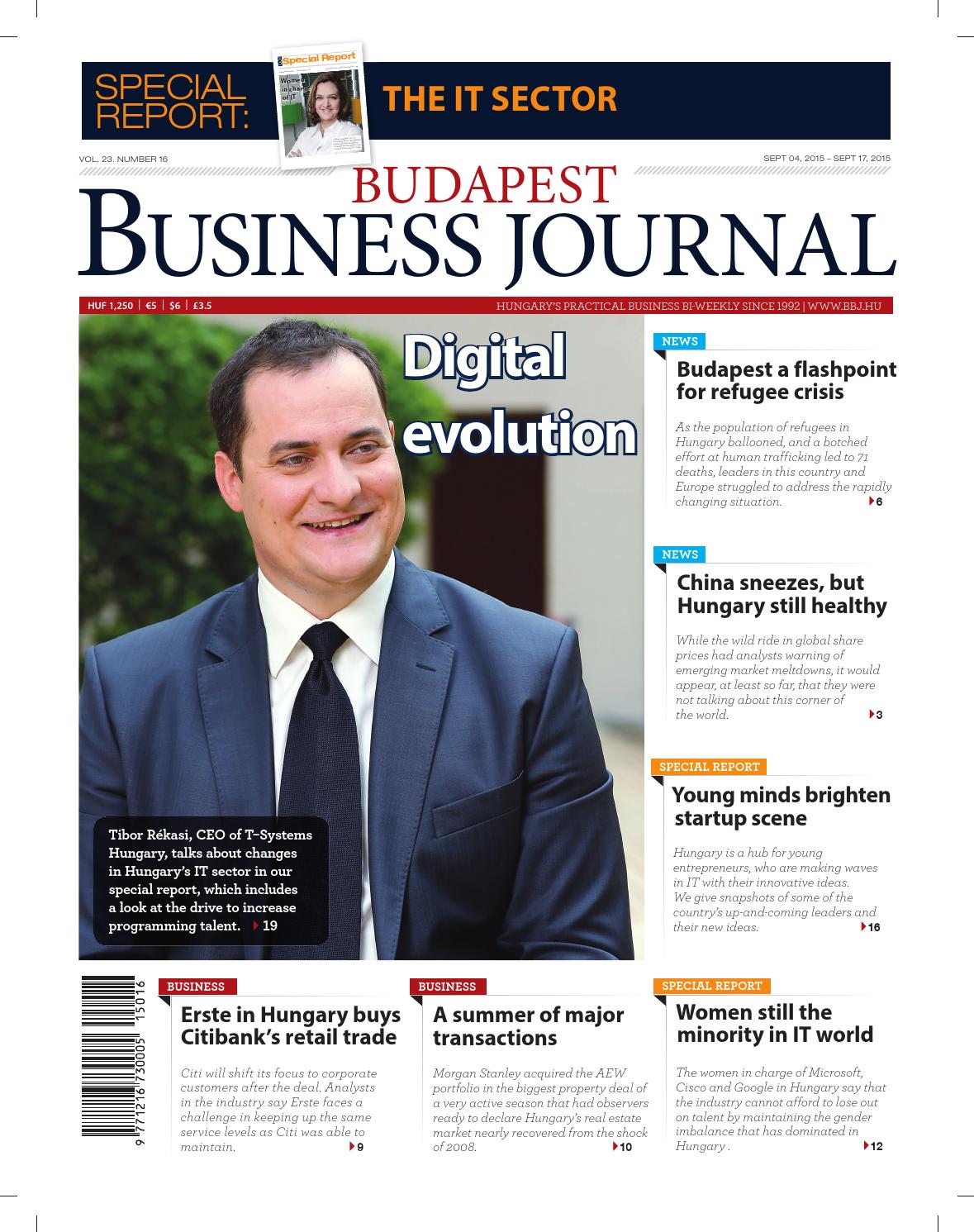Interior Design Taking On Greater Emphasis In Hungary
- 5 Oct 2020 11:31 AM
- Budapest Business Journal

Developers and designers have been creating interiors that reflect the changing sustainability-related demands of tenants and staff and now need to further adapt the design to meet new requirements due to the COVID-19 pandemic.
The largest supply of modern office space in the region is recorded in Warsaw with 5.6 million sqm and Budapest and Prague at 3.7 million sqm.
“One of the key findings is that people would like to continue working from home at least one or two times per week after COVID-19 has settled down.
We believe it is important to test a range of scenarios to be prepared to rebalance and right size of the workplace at the right moment,” recent research by Colliers finds.
Hubert Abt, CEO of the leading serviced office space provider New Work, which currently operates in Hungary, the Czech Republic and Poland, says that companies are organizing office use based on a rotation model, possibly using the office one to two days a week.
Further, it is currently SMEs that are taking up space at New Work serviced offices, as staff at multinationals have still not returned.
SMEs need to use the office as they do not have the luxury of working from home.
Further, in the post-COVID environment that requires social distancing, a work station will increase to around 10 sqm.
“The reality is that almost all office occupiers are likely to need less space in the medium term. Occupiers will not only become cost conscious, but they will emerge with a greater sense of responsibility for the work force.
They will ask for flexible terms and one stop shop supply for their needs. Technical equipment, meeting and conference facility management will represent the standard,” Abt believes.
“We have social distancing and sanitary and hygienic measurements and our business centers operated every day during the lockdown.
We do not see the corporates coming back and when asked they say possibly they will return at end of the year or the middle of next year. Nobody knows. We need to organize an office based on 10 sqm for a work station; before it was 5 sqm per work station,” he adds.
Interior Focus
Edina Hornok, head of sustainability consultancy at DVM group, says interiors are coming more into focus.
“Although the sustainability standards, especially WELL, already had a strong focus on a healthy indoor environment, now this topic is expected to get more emphasis within the certification systems,” she argues.
“These organizations create new guidance that put hygiene and the safety of workers at the heart of planning: besides creating flexible layouts and wider spaces for less people, they promote the application of durable materials for heavy cleaning, increased maintenance and cleaning of mechanical systems, creating health screening spots, and applying smart technologies to make contactless offices and to collect space utilization data,” Hornok explains.
One recent office delivery was the BREEAM Very Good accredited Balance Hall by CPI.
“Under the conscious building concept, we offer a high-quality tenant experience in Balance Hall with its innovative and optimum office spaces, coupled with smart building operations based on energy awareness,” comments Mátyás Gereben, managing director for Hungary at CPI.
“Although our day-to day lives have been transformed by the COVID-19 crisis, we do believe that the domestic office market relies on firm fundamentals that will bring about an upswing in the rental market once the pandemic is over,” he adds.
Valter Kalaus, managing director of tenant advisory firm Cresa Hungary, points out that the office market is seeing what amount to fundamental changes.
“The key considerations now are infection control as it pertains to people assembly, building wellness, and technology.
The space usage, but also the materials will need to change to live up to expectations and fulfill the new requirements.
The whole idea of work and workplace is being transformed.
Developers and designers of office buildings now face enormous challenges in what they should provide to organizations and end-users to regain their confidence and satisfy their new needs,” he outlines.
Layouts Changing
“Office layouts are changing again to create smaller and more controllable units and areas and to develop multi-purpose spaces by using different materials and ideas.
Many companies are opting to use special furniture systems or plants instead of walls for spatial boundaries, and some are treating the structure itself as a finish, thus eliminating additional materials that might cause health hazards and even reducing costs by doing so,” he adds.
Skanska Hungary have delivered the third and final part of the Nordic Light Trio; the complex will be the first WELL-certified project by Skanska in Hungary and is also aiming for LEED “Gold” certification.
“Nordic Light Trio was designed and built to offer qualitative characteristics to benefit the body and mind.
Bicycle parking, showers and lockers for bikers along with a multifunctional public garden and green terraces encourage physical activities as well as opportunities for relaxation and boosting energy throughout the working day,” says Alexandra Tomášková, executive vice president of operations for Hungary and the Czech Republic.
Issues related to the coronavirus are seen as changing work practices and therefore building management, along with climate change.
“As these habits are changing, the rising demand for safer, healthier and more sustainable buildings will lead the market while also determining the speed at which this industry can revolutionize itself,” reports DVM group.
“The physical crisis of pandemics and climate change are somewhat interconnected, and real estate sustainability is increasingly being impacted by these crises.
Real estate investors should first seize the moment to decarbonize their portfolio and make their operations sustainable; for example, by digitalizing their assets and services for tenants and building users,” says the provider of integrated building services.
“In order to provide safety and health checks on spaces or to monitor consumption, and thus levels of CO2 emissions, technology can support sophisticated approaches to measuring and assessing sustainability other than purely health-related risks/opportunities,” DVM concludes.





























LATEST NEWS IN health & wellness